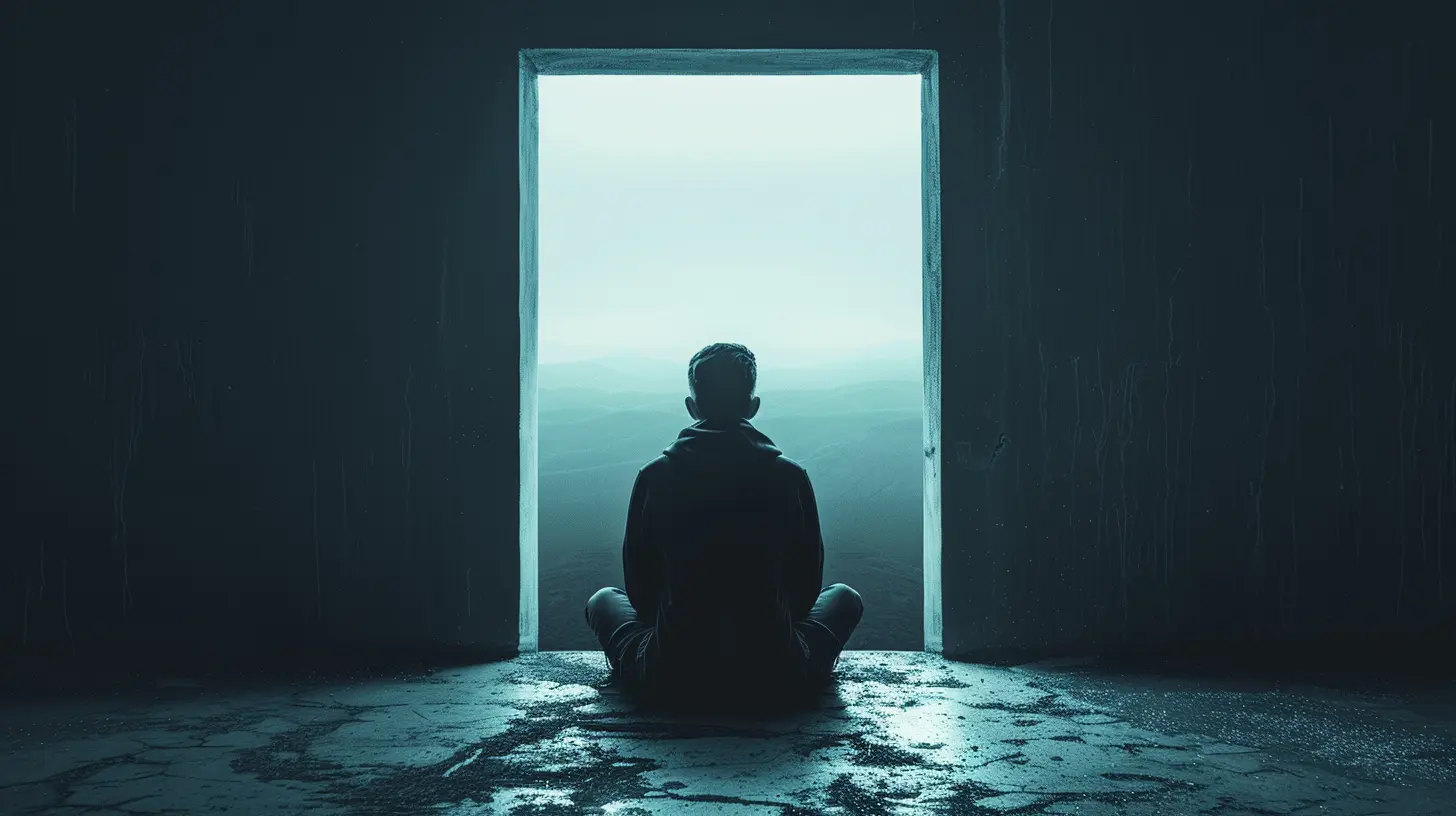Overcoming Agoraphobia: A Step-by-Step Guide to Reclaiming Your Space
25 June 2025
Agoraphobia can feel like a prison, trapping you in your own mind and keeping you from living life the way you want. If just the thought of stepping outside your comfort zone makes your heart race, you're not alone. Many people struggle with this condition, but the good news? You can break free.
This guide will walk you through a step-by-step approach to overcoming agoraphobia, helping you reclaim your space with confidence.

What is Agoraphobia?
Agoraphobia is more than just a fear of open spaces—it’s the fear of being in situations where escape might be difficult or where help wouldn’t be available if panic sets in. Many people associate it with the fear of leaving home, but it can also manifest as an intense anxiety about crowded areas, public transportation, or even standing in lines.In severe cases, agoraphobia can make even short trips to the grocery store feel overwhelming. But don't worry—we’re going to tackle it head-on together.

Step-by-Step Guide to Overcoming Agoraphobia

1. Understand What Triggers Your Anxiety
Before you can take action, you need to understand your personal triggers. Ask yourself:- Where do I feel most anxious?
- Are there specific situations that make me panic?
- What thoughts run through my mind when I start to feel trapped?
Journaling can be a great way to track these patterns. Writing down your thoughts and emotions can provide insight into what sparks your fear and help you prepare for the next steps.

2. Challenge Negative Thoughts
Agoraphobia thrives on negative thinking. Thoughts like “What if I have a panic attack and no one helps me?” or “I’ll embarrass myself in front of everyone” can keep you from even trying to step outside.Try this instead:
- Replace “I can't do this” with “This is uncomfortable, but I can handle it.”
- Instead of “Everyone will judge me”, remind yourself that most people are too caught up in their own lives to even notice.
- When panic sets in, don’t resist it—acknowledge it. Say to yourself, “I feel anxious right now, and that's okay. This feeling will pass.”
Reframing your inner dialogue is like reprogramming your brain. The more you challenge those negative thoughts, the weaker they become.
3. Take Small, Manageable Steps
You don’t have to force yourself into a crowded mall on day one. Overcoming agoraphobia is a gradual process. Start small:- Step 1: Open your front door and stand outside for a few minutes.
- Step 2: Walk to your mailbox or take a few steps away from your home.
- Step 3: Take a short walk around the block at a quiet time of day.
- Step 4: Visit a familiar place with a trusted friend.
Each step should push you slightly outside your comfort zone but still feel achievable. Celebrate the small victories—they add up!
4. Practice Breathing and Relaxation Techniques
Panic attacks feed on shallow, rapid breathing. When anxiety kicks in, your body goes into "fight or flight" mode, making it hard to think clearly. The quickest way to regain control? Your breath.Try this simple breathing technique:
- Inhale deeply through your nose for four seconds.
- Hold your breath for four seconds.
- Exhale slowly through your mouth for six seconds.
- Repeat until you feel calmer.
Progressive muscle relaxation (tensing and relaxing different muscle groups) can also help bring your body back to a state of calm.
5. Gradually Expose Yourself to Fearful Situations
Exposure therapy is one of the most effective ways to beat agoraphobia. The idea is to slowly introduce yourself to the situations that scare you, little by little, until they lose their power over you.Here’s an example of how a structured exposure plan might look:
- Week 1: Walk to the end of the driveway.
- Week 2: Walk down the street and back.
- Week 3: Visit a small store for five minutes with a friend.
- Week 4: Spend 15-20 minutes in a coffee shop alone.
Consistency is key. The more you expose yourself, the less intimidating these situations will become.
6. Develop a Go-To Coping Strategy
What helps when panic starts creeping in? Create a personal coping plan for anxious moments:- Grounding technique: Focus on what you can see, hear, feel, smell, and taste. This brings your mind back to the present.
- Mantras: Repeat affirmations like “I am safe, and I can handle this.”
- Visualization: Picture yourself in a calm, happy place. Imagine the sights, smells, and feelings in detail.
Having a go-to coping strategy can prevent full-blown panic attacks and keep you in control.
7. Seek Support
You don’t have to go through this alone. Talking to a supportive friend, family member, or therapist can make a huge difference. Cognitive-behavioral therapy (CBT) is particularly effective for agoraphobia, helping you challenge your fears and change unhelpful thought patterns.Online support groups and communities can also be encouraging. Knowing others are on the same journey can be incredibly reassuring.
8. Consider Medication if Needed
For some, therapy and self-help strategies are enough. But if your anxiety is severe, medication might be a helpful tool. Antidepressants (like SSRIs) or anti-anxiety meds can help balance brain chemistry, making it easier to face your fears.Always consult a doctor before taking medication, and remember, it’s not a shortcut or a cure—but it can be a helpful part of your recovery plan.
9. Celebrate Your Progress
Every step you take is a win, no matter how small. Track your progress and reward yourself when you hit milestones. It could be as simple as treating yourself to a movie night after successfully visiting a grocery store.Remember: You’re not measuring your success by how quickly you recover but by the fact that you’re pushing forward at all.
Final Thoughts
Overcoming agoraphobia isn’t easy, but it is possible. Take it step by step, be kind to yourself, and trust that progress will come. Your world doesn’t have to shrink—you have the power to expand it again.The road to freedom starts with one small step. Are you ready to take it?
all images in this post were generated using AI tools
Category:
PhobiasAuthor:

Matilda Whitley
Discussion
rate this article
2 comments
Raelyn McAndrews
This article sheds light on the journey of overcoming agoraphobia! I’m intrigued by the step-by-step approach and eager to learn how these strategies can empower individuals to reclaim their lives.
October 15, 2025 at 3:08 AM

Matilda Whitley
Thank you for your enthusiasm! I'm glad you found the step-by-step approach helpful—it's all about empowering individuals on their journey to reclaiming their space.
Dominique Mitchell
This article offers valuable insights into overcoming agoraphobia. I'm intrigued by the step-by-step approach—how do small, manageable steps help reshape one’s perception of outside spaces? Looking forward to exploring these strategies further!
July 3, 2025 at 5:00 AM

Matilda Whitley
Thank you for your interest! Small, manageable steps gradually build confidence and reduce anxiety, allowing individuals to reshape their perceptions of the outside world. I'm glad you're excited to explore these strategies!


